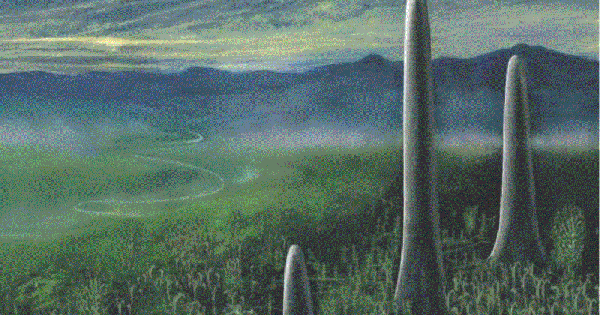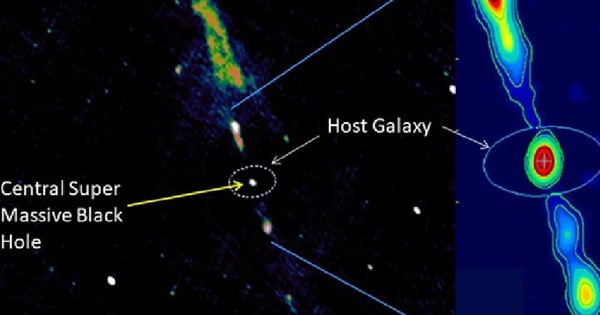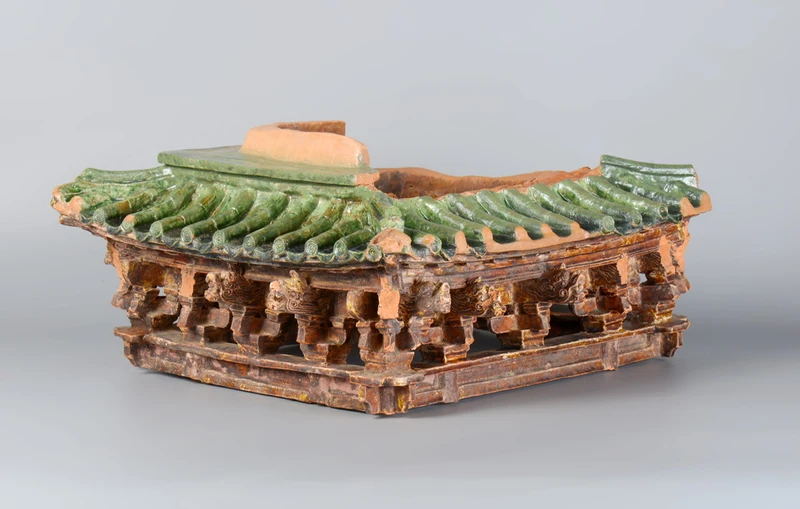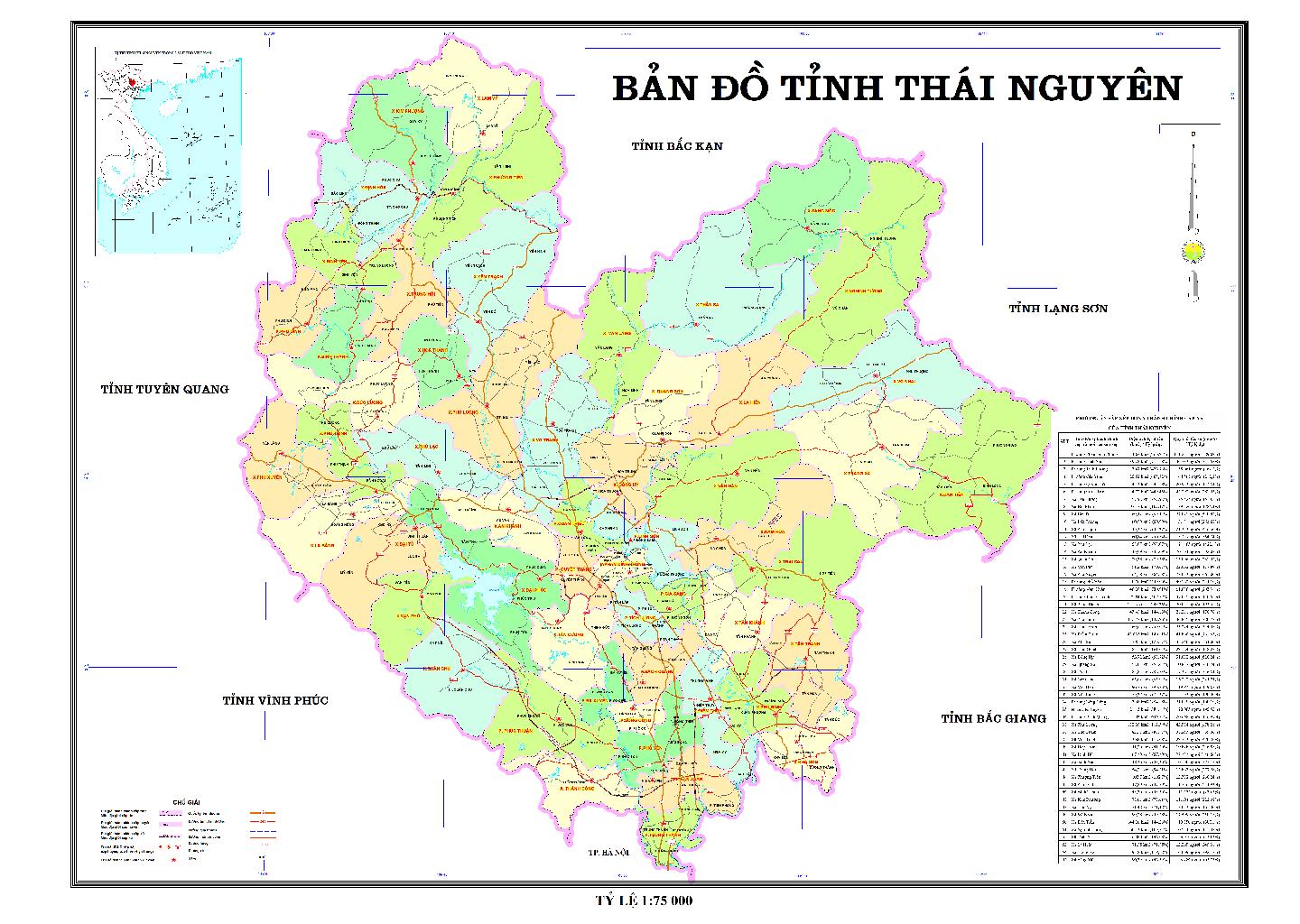Researchers from Monash University in Australia hypothesize that Earth may have attracted a passing asteroid, causing it to break into pieces, forming rings similar to Saturn's that persisted for tens of millions of years - potentially significantly affecting the planet's climate.

This is what the Earth might look like with rings. Photo: Oliver Hull
According to Andy Tomkins and colleagues at Monash University, they have identified the locations of 21 craters around the world, created by meteorites falling during the Ordovician period 466 million years ago.
The impact crater sites are the result of larger objects in a former belt being pulled out of orbit and crashing into Earth, the team said.
According to continental movements caused by plate tectonics, all were located near the equator at the time, the team said. This fits with the belts, they said, because they typically form above the planets' equators.
The team identified meteorites consistent with several limestone deposits, and they were also near the equator.
Tomkins said the team calculated that the odds of all these craters being near the equator were only 1 in 25 million.
The belt hypothesis could also explain some other mysteries about that period. The meteorite fragments in the craters show signs of having not traveled much through space before hitting Earth, consistent with material from a relatively recent breakup of the large asteroid that created the belt.
About 20 million years later, Earth entered the Hirnantian Ice Age, when temperatures dropped to their lowest levels in half a billion years. Because of Earth's tilt relative to the Sun, the equatorial belt partially shaded the planet's surface, possibly causing a global cooling event.
Ha Trang (according to NewScientist)
Source: https://www.congluan.vn/trai-dat-co-the-tung-co-vanh-dai-post312871.html


![[Photo] National Assembly Chairman Tran Thanh Man meets with Ethiopian Prime Minister Abiy Ahmed Ali](https://vstatic.vietnam.vn/vietnam/resource/IMAGE/2025/4/16/c196dbc1755d46e4ae7b506c5c15be55)
![[Photo] President Luong Cuong receives Ethiopian Prime Minister Abiy Ahmed Ali](https://vstatic.vietnam.vn/vietnam/resource/IMAGE/2025/4/16/504685cac833417284c88a786739119c)
![[Photo] President Luong Cuong meets 100 typical examples of the Deeds of Kindness Program](https://vstatic.vietnam.vn/vietnam/resource/IMAGE/2025/4/16/ce8300edfa7e4afbb3d6da8f2172d580)
![[Photo] Prime Minister Pham Minh Chinh receives Cambodian Deputy Prime Minister Neth Savoeun](https://vstatic.vietnam.vn/vietnam/resource/IMAGE/2025/4/16/e3dc78ec4b844a7385f6984f1df10e7b)
![[Photo] Opening of the Exhibition on Green Growth](https://vstatic.vietnam.vn/vietnam/resource/IMAGE/2025/4/16/253372a4bb6e4138b6f308bc5c63fd51)
































































































Comment (0)